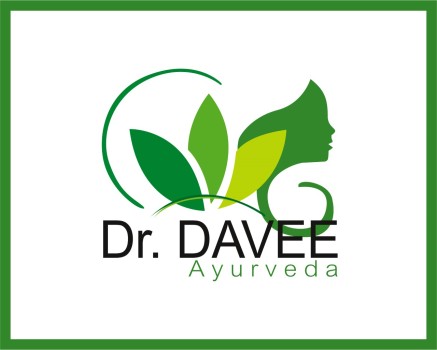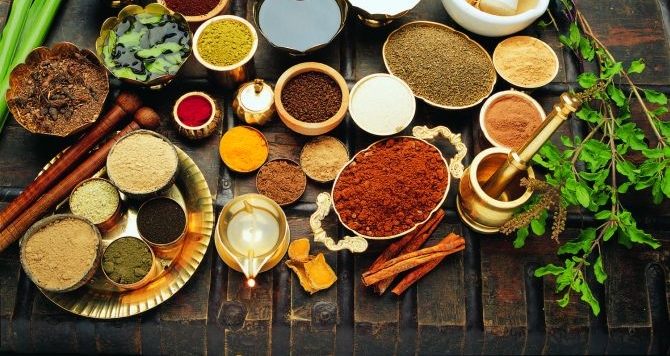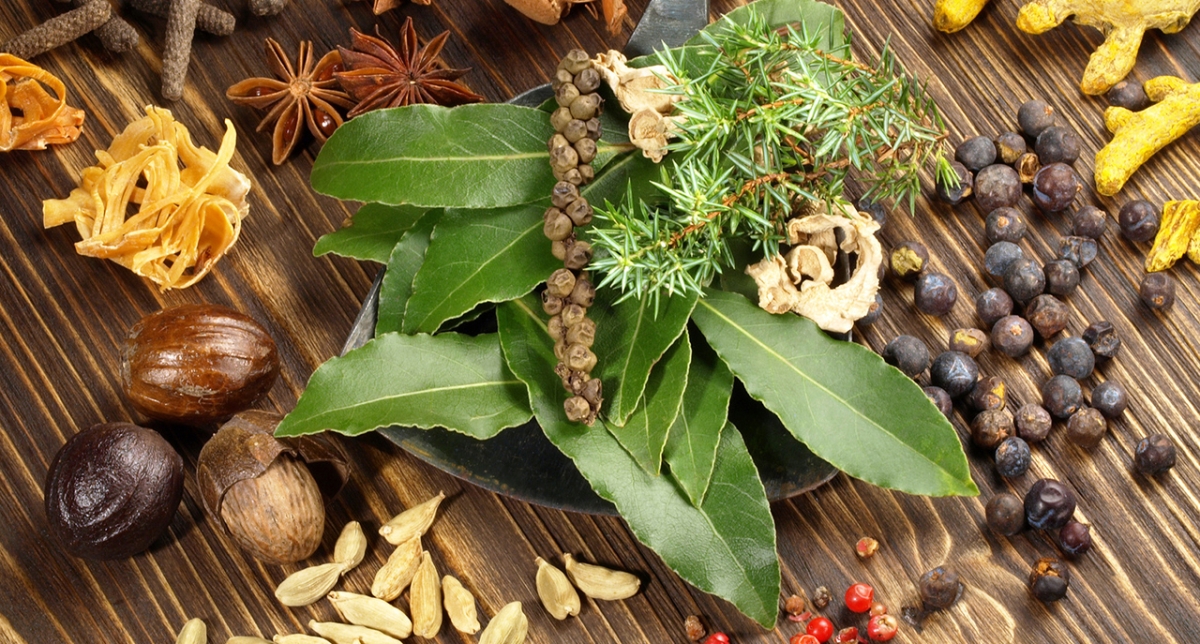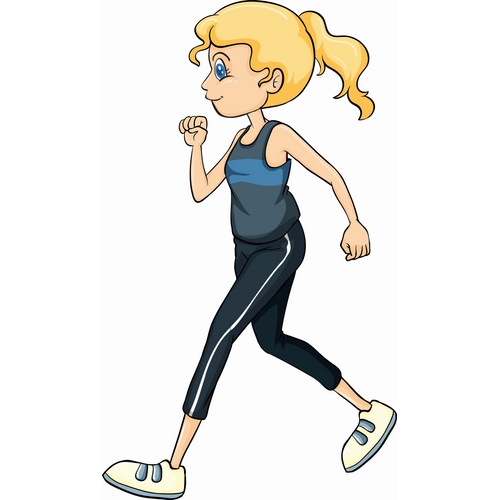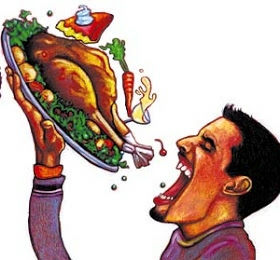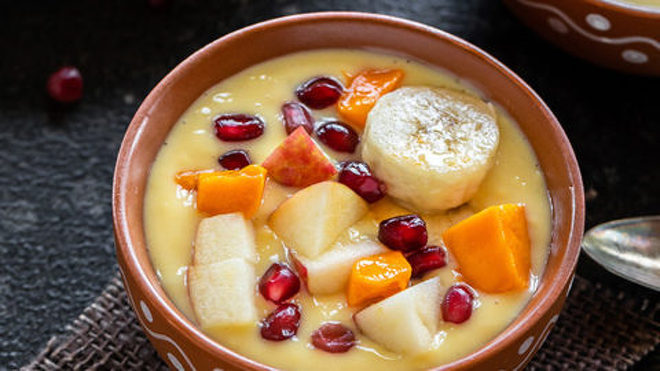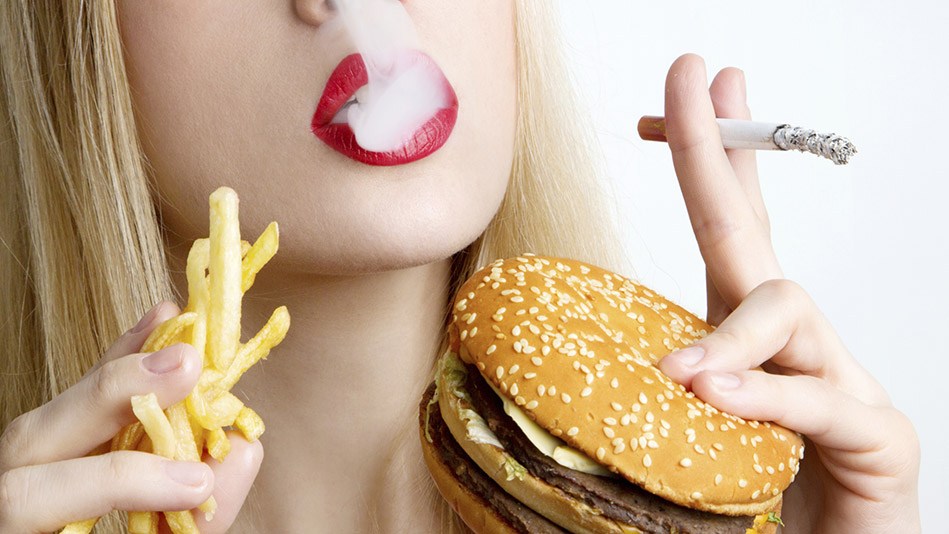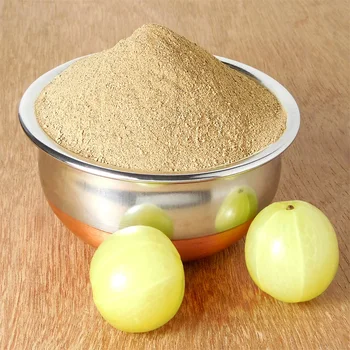Аюрведа – 5000-летняя индийская медицинская наука, специально созданная для спасения человечества от пандемии, такой как коронавирус либолюбого другого вируса.
Аюрведа имеет 2 важные цели
- Поддерживать здоровье здоровых людей (Профилактика)
- Лечение болезней, от которых страдает человечество
Вкратце мы должны понять концепцию иммунитета в соответствии с Аюрведой.
Наше тело состоит из 7 Dhatus (тканей)
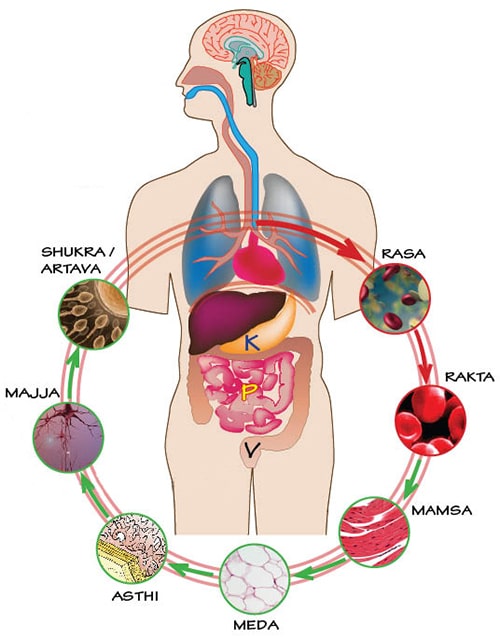
7 Dhatus (тканей)
- Ras (лимфатическая система)
- Rakt (кровеносная система)
- Maus (Мышечная ткань)
- Medh (жировая ткань)
- Asthi (костная ткань)
- Majja (костный мозг / нервная система)
- Sukra (репродуктивная система сперматозоидов и яйцеклетки)

Всякий раз, когда пища или напиток, попадает к нам в желудок, запускается процесс метаболизма, производимый «AGNI» (пищеварительный огонь), который является наиболее важным фактором для нашего здоровья. После этого из питательной части продуктов получают экстракт, называемый AHAR Ras, которая дает питание всем 7 упомянутым выше тканям и, наконец, получает экстракт OJAS, который является сущностью всех 7 тканей, и наш иммунитет зависит от качества этогоэкстракта, называемого OJAS.
если мы хотим улучшить иммунитет, мы должны защищать нашуAGNI, которая является пищеварительным огнем.
В древнем тексте упоминаются некоторые важные вещи, которые следует соблюдать.

- 30-минутные упражнения в домашних условиях в форме йоги или выполнениясурьянамаскар (приветствие солнца), практики мантры ОМ 3 раза в день или простая растяжка мышц,согласно Аюрведеувеличивают пищеварительный огонь, который отвечает за хорошее качество OJAS и приводит к повышению иммунитета.
- Мы должны есть только тогда, когда еда после приема пищи перевариться полностью, что означает, что мы должны есть только тогда, когда мы чувствуем действительно сильный голод. Если вы не чувствуете себя голодным, не ешьте ничего, потому что ощущение голода является признаком того, что предыдущая пища усвоилась.
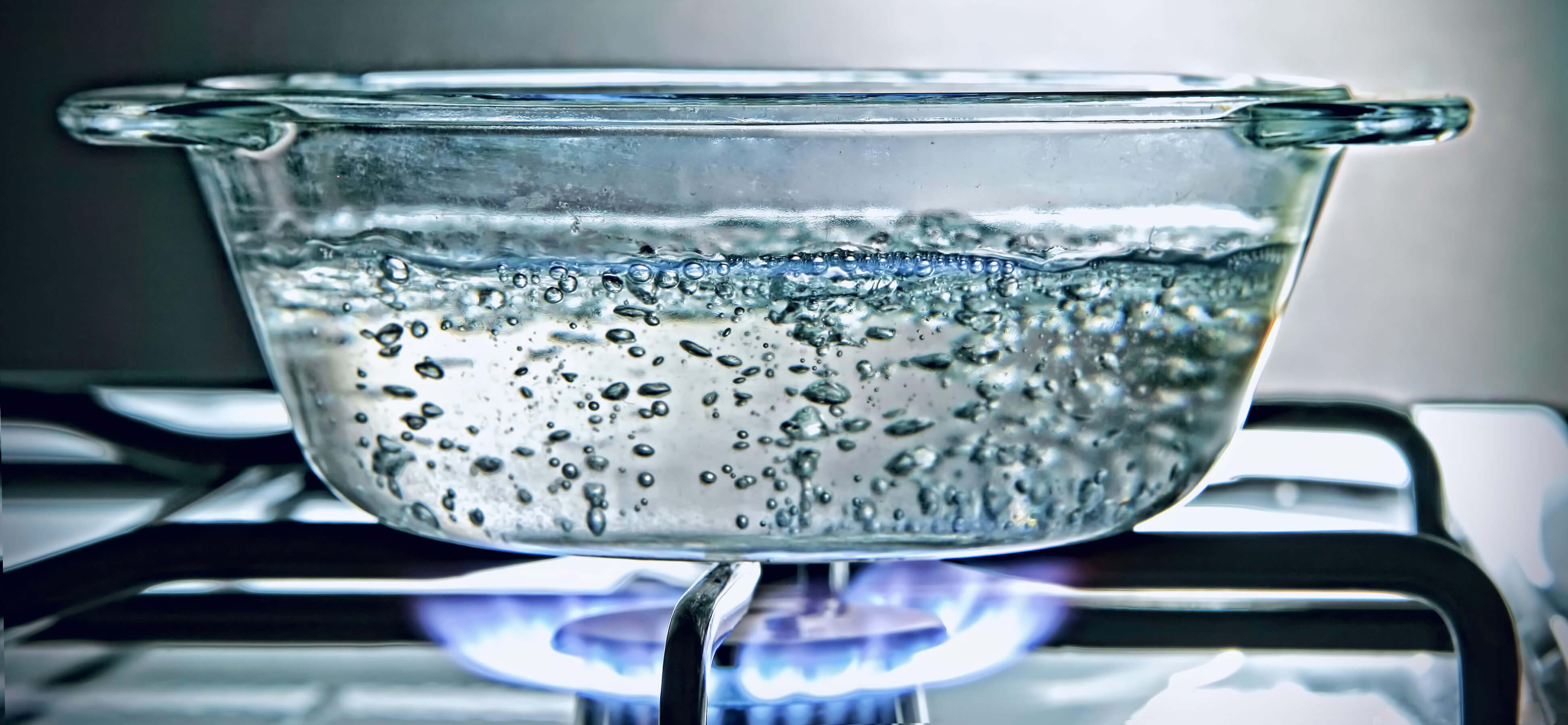
- когда хочется пить, пейте горячую или теплую воду. Согласно упоминаниям в аюрведических древних текстах, метод приготовления кипящей воды очень специфичен. Нам нужно кипятить воду до тех пор, пока количество не станет равным половине исходного качества. Это означает, что 2 литра воды нужно вскипятить до получения 1 литра. Эта вода помогает нам поддержать пищеварительный огонь и повысить наш иммунитет.
/Raisins-GettyImages-182516607-1500-56a0bc645f9b58eba4b3553a.jpg)
- если вы чувствуете себя голодным с утра во время завтрака вы можете есть папайю, изюм или гранат, количество зависит от интенсивности голода. Если вы не голодны, дождитесь,когда вы сильно проголодаетесь, тогда приступайте к обеду

- При приготовлении обеда или ужина следует использовать специи, такие как топленое маслогхи, тмин, кориандр, имбирь, чеснок, листья карри, порошок куркумы, черный перец, потому что это защищает нашу дыхательную систему от инфекций.
- Всегда начинайте прием пищи с употребления 2 небольших кусочков чеснока, обжаренных в топленом маслегхи( идеально годичной выдержки), либо в любом другом, и 2 небольших кусочков свежего имбиря, затем можно съесть зеленый маш(узбекская чечевица), коричневый или красный рис, тыкву , зеленый горошек, бобы, баклажан, морковь, лук, чеснок, пажитник, спаржу, суп «мунг дал» из маша или овощи.
- Используйте гималайскую соль для приготовления пищи, которая, согласно Аюрведе, лучше всего подходит для здоровья.
- Гудучи(Тиноспорасердцелистная),можно использовать отваргудучи 20 мл один раз утром либо 2-4 г порошка разведенные с теплой водой.

- 20 мл отвара из смеси базилика + корицы + черного перца + имбиря либо его порошка.
- Наносите кунжутное масло или топленое масло в ноздри утром и вечером.
- Утром после чистки зубов полощите ротовую полостькунжутным маслом в течение 2–5 минут ежедневно.
- Утром и ночью дышите парами горячей воды, смешанными с эвкалиптовым маслом.
- Окуривайте ваш дом сухими листьями ниима(Azadirachta indica) либо горчичными семенами один либо два раза в день.
- Не спать после обеда или в дневное время.
- Старайтесь избегать продуктов приготовленных из кукурузы, молока или молочных продуктов, например: сыра, мороженого, творога, прохладительных напитков, соков, алкоголя, мяса, рыбы, курицы.
- В обед мы должны есть меньше чем нам хочется.
- После обеда медленно сделайте 100 шагов по дому.
- Готовьте свежую еду каждый день, не ешьте несвежую пищу.
Следуйте этим правилам и будьте здоровы в этом критическом положении.
Ссылка на древние трактаты – “Charak samhita, Shurshrut samhita, Yogratnakar”.
– Dr.Gaurav Davee
International Ayurveda physician
Instagram – drgauravdavee
FB- Gaurav Dave
е-мейл – grafotreat@hotmail.com
(Перевел Денис Лёвкин)
